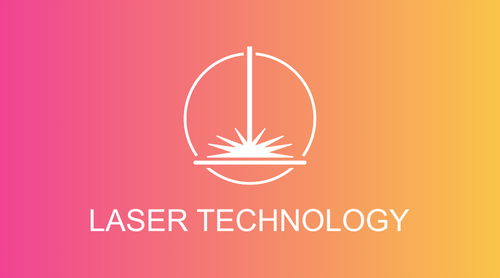What are the advantages of laser welding?
Laser welding offers a variety of advantages that make it a preferred welding method in various industries.
One of the most significant advantages of laser welding is its high precision. By precisely controlling the laser beam, extremely fine weld seams can be created, even on complex geometries or small components. This high precision enables exact alignment of the
Welded connection and minimizes the risk of welding errors or rework.
Another important advantage is the minimal heat-affected zone in laser welding. Due to the highly concentrated energy of the laser beam, the heat supply is extremely localized, which leads to little heat spread in the surrounding material. This minimizes the formation of thermal distortion or deformation of the workpieces, which is particularly advantageous for thinner materials or sensitive components.
Additionally, laser welding enables fast welding speeds, resulting in increased productivity and efficiency in manufacturing. The high power density of the laser beam allows welding processes to be carried out in a shorter time without having to compromise on quality.
Another advantage of laser welding is its ability to weld complex geometries. Due to the precise control of the laser beam, even demanding and difficult to access areas can be reached, making laser welding ideal for producing components with complex shapes or structures.
Overall, laser welding offers a combination of precision, efficiency and versatility that makes it a highly attractive welding method for a wide range of applications in various industries.
What are the advantages of laser welding?
Laser welding offers a variety of advantages that make it a preferred welding method in various industries.
One of the most significant advantages of laser welding is its high precision. By precisely controlling the laser beam, extremely fine weld seams can be created, even on complex geometries or small components. This high precision enables exact alignment of the
Welded connection and minimizes the risk of welding errors or rework.
Another important advantage is the minimal heat-affected zone in laser welding. Due to the highly concentrated energy of the laser beam, the heat supply is extremely localized, which leads to little heat spread in the surrounding material. This minimizes the formation of thermal distortion or deformation of the workpieces, which is particularly advantageous for thinner materials or sensitive components.
Additionally, laser welding enables fast welding speeds, resulting in increased productivity and efficiency in manufacturing. The high power density of the laser beam allows welding processes to be carried out in a shorter time without having to compromise on quality.
Another advantage of laser welding is its ability to weld complex geometries. Due to the precise control of the laser beam, even demanding and difficult to access areas can be reached, making laser welding ideal for producing components with complex shapes or structures.
Overall, laser welding offers a combination of precision, efficiency and versatility that makes it a highly attractive welding method for a wide range of applications in various industries.


